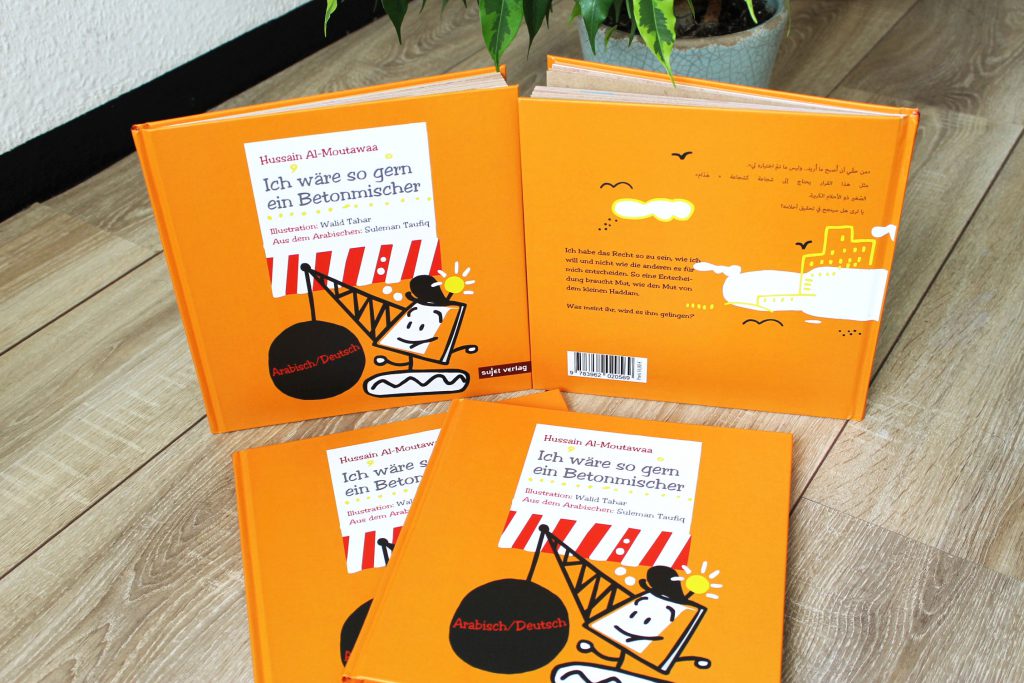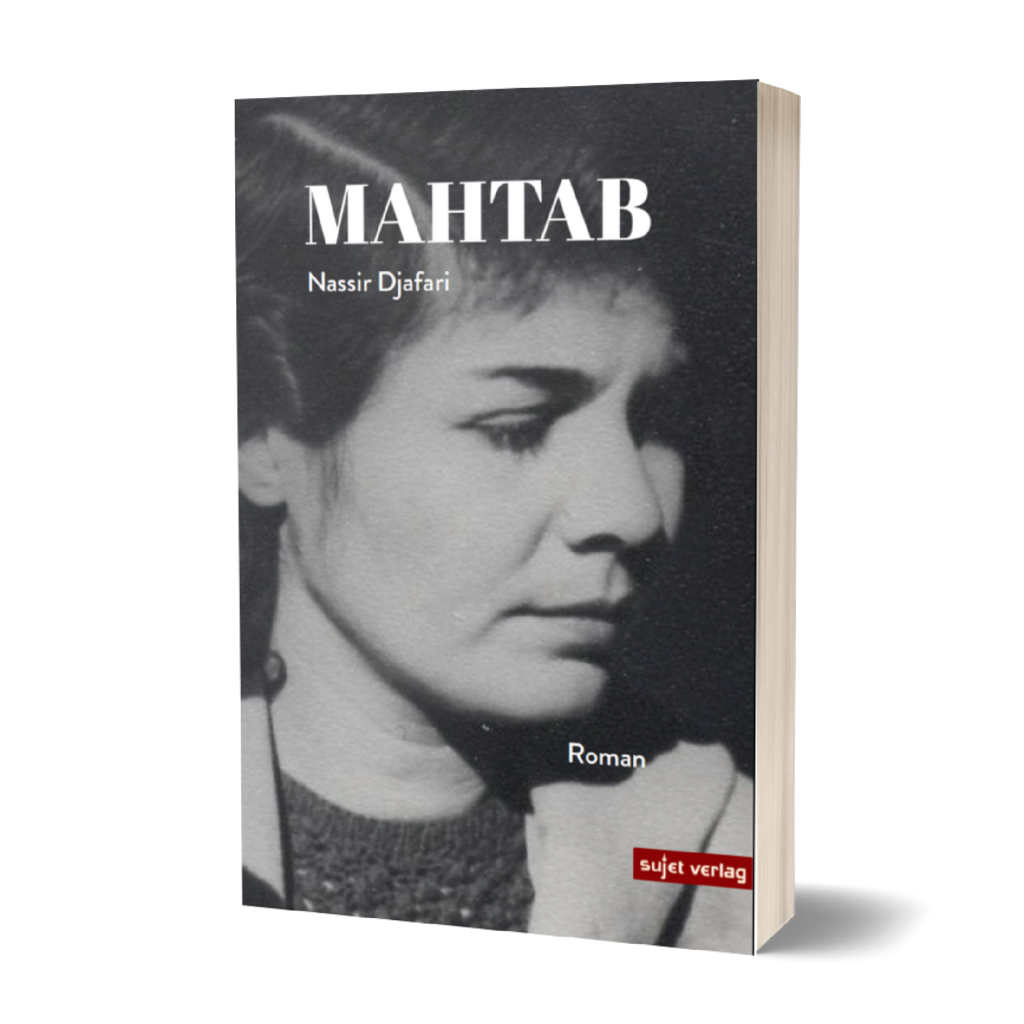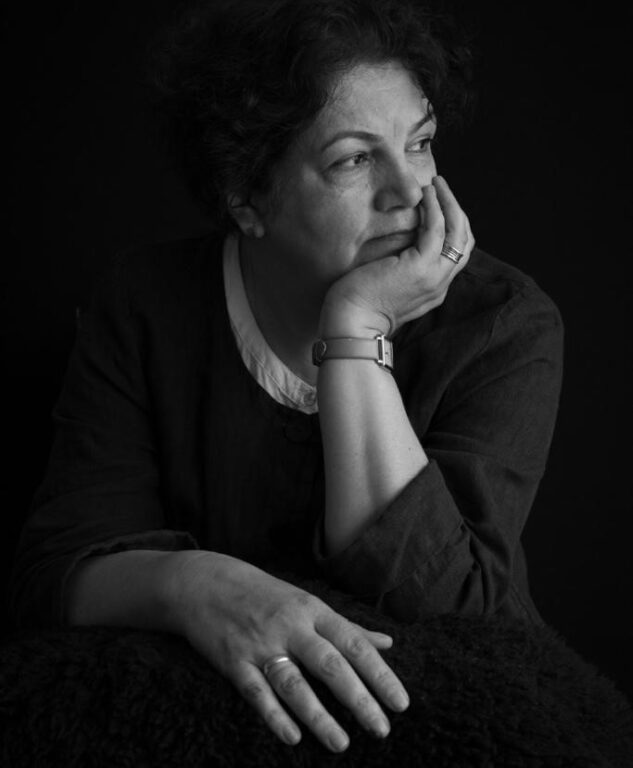Hussain Al-Moutawaa: I Would Love to Be a Concrete Mixer
read at:
https://www.lesen.bayern.de/9783962020569/
Meeting
The small Sujet Verlag was founded by Madjid Mohit, who fled Iran to Germany in the early 1990s, and has developed into a model for success. In 2015, Mohit was awarded the PEN Hermann Kesten Prize.
Mohit describes exile literature as "air roots literature" because the term exile literature is too negative for him. Mohit understands “air root literature” to mean literature that transcends borders and focuses on the enriching aspects of exile.
However, the author of the children's book “I would love to be a concrete mixer” Hussain Al-Moutawaa does not live in exile, but is an award-winning writer and photographer in his native Kuwait. However, his translator Suleman Taufiq came to Germany in 1971 and published numerous books here.
The Egyptian writer and painter Walid Tahar created the witty and appealing illustrations for Al-Moutawaa's story, so the picture book certainly crosses borders. The special thing about it is that the text on the brown double pages with the colorful pictures is printed in German and in Arabic.
The story that is being told is that of an identity crisis – to put it somewhat pompously – because a small excavator with a wrecking ball desperately wants to become a concrete mixer, which despite all his efforts and efforts, he simply cannot succeed. Because he doesn't have his wrecking ball under control at all, regardless of whether he's happy or very sad, it translates his emotions into movement and shatters the surroundings. But on his way to another existence he finds friends and learns compassion and affection.
Didactic hints
The picture book is great for elementary school. You can have the story read and/or read it to you. The language is understandable, the sentences are short and simple and the story is funny and exciting. The illustrations in particular are very appealing and touching; you wouldn't have believed that an excavator with a wrecking ball could have so many feelings.
The contrast between the excavator and his family and the topic of friendship can be discussed profitably in class. A creative engagement with the picture book is also conceivable, for example by letting the children place other devices and machines at the center of a fantasy story in which the apparatus tries to escape from its own end.
On the Sujet Verlag website, you can find out more about its program and get suggestions for reading and discussing "air root literature".





